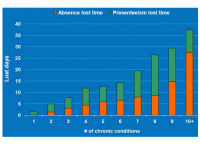Minimum Wage and OT for Domestic and Homecare Employees in 2015
Direct homecare and domestic service employees are currently not covered by the overtime and minimum wage requirements of the Fair Labor Standards Act (FLSA), but this is going to change in 2015, says Susan Prince, JR, BLR Legal Editor. Happy Thanksgiving, Readers! Here’s Prince’s summary of the changes: Direct Care Workers Effective January 1, 2015, […]






